QuestionOur dog fell on the ice a year ago. We took her to the vet and he said she has torn ligaments in her right rear knee and to see if it will heal on it's own. It has not. If she has to have surgery what will be involved. I don't want to do it if it's not a total fix. She is pretty active and likes to swim and play frisbee. We have moved and at this time we don't have a vet. Thank you.
AnswerLynn,
I am sorry to hear that your dog has not healed, from his accident. I am assuming the surgery you are referring to is an ACL, (Anterior Cruciate Ligament Repair). This is a common injury and in most cases, surgery it not only the best option, but the only option in helping keep your dog from becoming completely lame and painful in that knee. I have had to have several of my dogs undergo this surgery, (several on both knees), and they have regained full movement in the knee's repaired and are much less painful.
I am offering more details about the injury and surgery below. I do want to first recommend if you have not already started to administer both Glucosamine and Chondroitin to your dog. These are both supplements that are indicated for not only the rebuilding of torn and lost cartilage, but they also help in lubricating the joint, making the dog's recovery quicker and the long term prognosis better. These supplements are something I recommend to all of my clients with large and giant breeds of dogs. It is common for dogs that are over 50 lbs of weight to come to suffer some form of arthritis or another as they age; these supplements help in easing the pain associate with the condition. You can obtain this supplements form your veterinarian or better yet provide him with the human form. Several types and brands are available at both pet supply stores for dogs, and at most large retail and wholesale clubs for humans. It is the same grade; I just have found that to buy the human form is less expensive.
Knees have five ligaments, two menisci, a knee cap, and joint cartilage. The ligament most commonly affected in dog and cat knees - the cranial cruciate ligament - is the same ligament most commonly damaged in professional athletes. Dogs and cats usually tear this ligament when out running around or sometimes when landing wrong after a jump. The cranial cruciate ligament is a large, strong ligament located within the knee joint. It is not actually a single structure, but is, in fact, made up of a bundle of individual fibers tightly bound together to form the ligament. Most of the time when the ligament is injured, it is completely torn in half. Sometimes, though, only a portion of the ligament will tear. Though only a portion of the ligament may be torn, the whole ligament is damaged.
When a cranial cruciate ligament is torn, it causes sudden pain and often results in the pet holding its leg up. It also causes instability in the knee joint. The pet may put the leg down and start using it within a day or so, but will continue to limp for several weeks. Normally, at the end of several weeks, the initial pain subsides and the pet is willing to use its leg more; however, the joint remains unstable. Every time the animal puts weight on the leg, the tibia (shin bone) slides forward in relationship to the femur (thigh bone). This abnormal motion causes wear and tear on the joint cartilage, causing pain and leading to arthritis. This motion can also put excessive stress on the menisci (C shaped pieces of cartilage within the knee joint), causing damage or tearing.
Surgery is the only corrective measure for cranial cruciate ligament injuries. Many surgical procedures have been tried on people and animals during the last 60 years; however, most orthopedic surgeons agree that the procedures are not as successful as they would like. Knees that suffer this injury are never completely normal even after surgery is performed. Surgery does, though, stabilize the knee, allowing it to regain normal motion and thereby reducing the formation of arthritis. Surgery has been and remains the treatment of choice for this injury. If surgery is not performed, progressive arthritis will occur and the lameness will worsen with time.
There are many different ways to stabilize a knee with a cruciate ligament injury. The procedure that we usually use here is a modification of the DeAngelis procedure, which involves placing either heavy gauge suture material or orthopedic wire from the back of the femur, across the joint, and to the front of the tibia. This will tighten up the joint and stabilize it. Over time, scar tissue will lay down around the suture or wire to form a structure which mimics the function of the normal cranial cruciate ligament. The majority of animals will regain normal or near normal use of their leg after the surgery and after a period of rehabilitation. Strict limitation of activity is necessary after the surgery for a period of six weeks so that the animal does not over stress the repair before the scar tissue has formed. Total rehabilitation time, as in people, can be several months.
I hope this offers some insight for you. Please feel free to get back to me with any additional questions or concerns.
Jodi

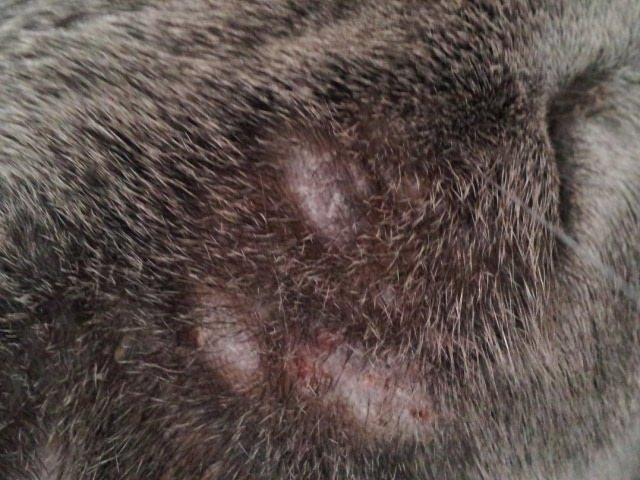 Cats play fighting
Question
Brunos scratches Brunos scratches
Cats play fighting
Question
Brunos scratches Brunos scratches
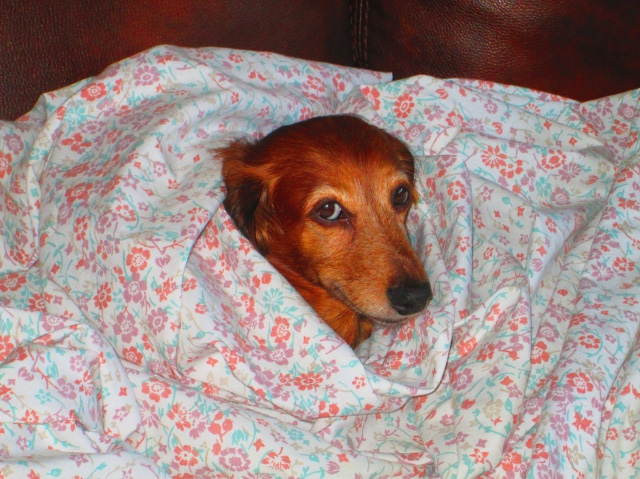 Dachshund yeast infection in ear-lameness
Question
Pearl
Hi! My 11 yr. old dachshund has a
Dachshund yeast infection in ear-lameness
Question
Pearl
Hi! My 11 yr. old dachshund has a
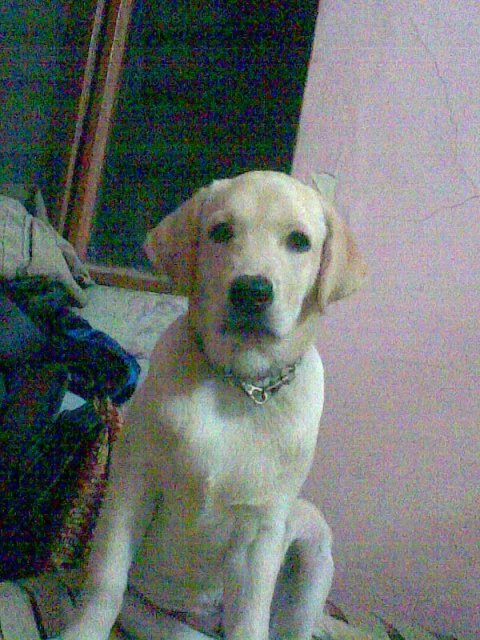 LABRADOR HEIGHT
Question
TOBO
MY LABRADOR IS NOW 5 MONTHS OLD....
HIS H
LABRADOR HEIGHT
Question
TOBO
MY LABRADOR IS NOW 5 MONTHS OLD....
HIS H
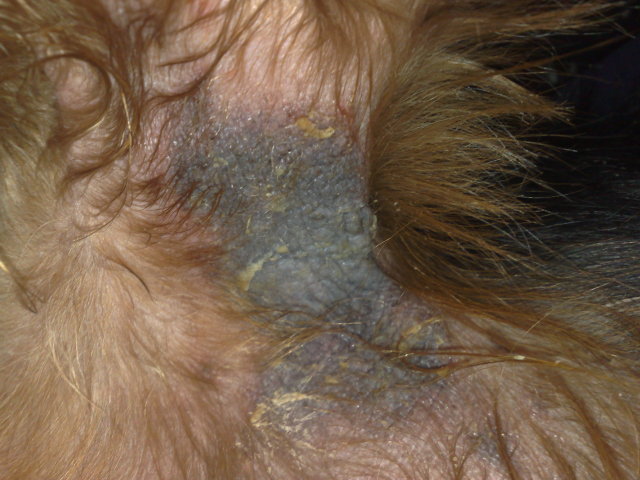 My yorkie has a skin problem
Question
my yorkie
I was wondering if you can help me i
My yorkie has a skin problem
Question
my yorkie
I was wondering if you can help me i
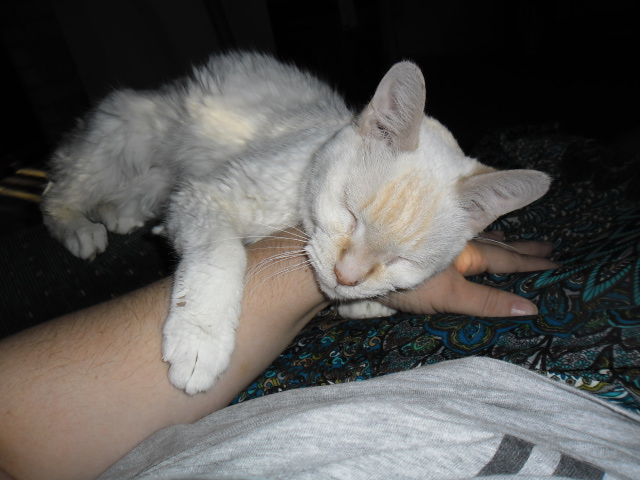 pancreatitis/lymphoma
Question
Romeo
Hello. I have a 9 year old Siames
pancreatitis/lymphoma
Question
Romeo
Hello. I have a 9 year old Siames